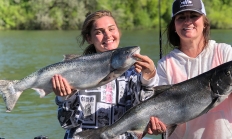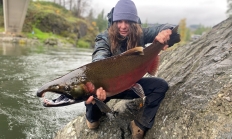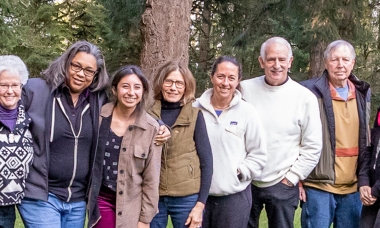ODFW and Baker County Parks to host Free Fishing Day event at Holcomb Park June 7
BAKER CITY, Ore. – ODFW along with Baker County Parks will host a Free Fishing Day event at Holcomb Park, Brownlee Reservoir, on Saturday, June 7 from 10 a.m. to 3 p.m. This event is designed to help kids and their families learn fishing basics and enjoy a day outside. ODFW will provide rods and…












